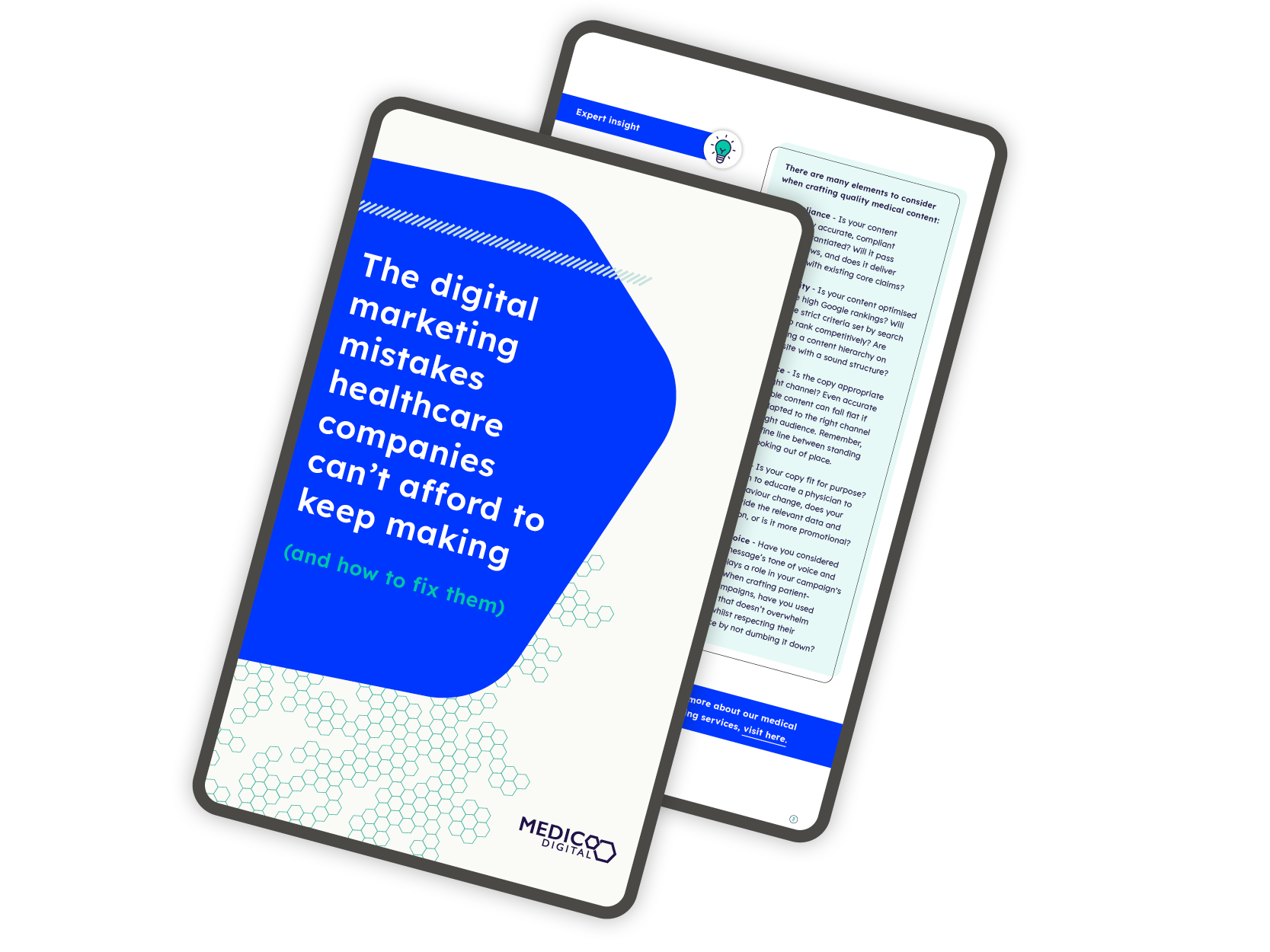It often feels like the world of digital is moving so quickly that your clinic’s website is getting left behind. If not, the chances are it may be soon! However, getting a new website might seem expensive. To allay these fears, we’ve put together some tips to help you save money on your next medical website design.
1. Planning is key
A full and comprehensive design brief will help the whole website build run smoothly and minimise the need to go back and forth to your agency so that you get to your desired end result quicker
Plan and write your own content. After all, you know the needs of your patients better than your designers, so get it ready from the get-go and you’ll be in a much stronger bargaining position when you do speak to a designer.
2. Build for longevity
A website is a big commitment – you don’t want your shiny new site lagging behind only months after it’s been built, so ask your web designers whether it is designed to grow with your business and new technologies. Simple questions should be asked about upcoming trends and the flexibility of the site and the design.
3. Use WordPress CMS and make it your own
WordPress is the most commonly used Content Management System (CMS) in the world and there’s a reason for that. We build most of our websites with WordPress as it has a user-friendly interface that allows even the least technical people out there to make changes easily.
Remember to check before you go ahead with any medical website design project if you’ll have full control over your CMS; you don’t want to end up having to pay every time you need to make small changes.
4. Make use of free widgets
Another great feature of WordPress is their range of free widgets. If you need to add a new feature to your websites, such as your live Twitter feed or a mailing list sign up form, then this can be easily, quickly and, most importantly, inexpensively implemented.
5. Don’t forget SEO
As with website design, search engine optimisation (SEO) is constantly evolving and there are a number of Google usability tests that your website must pass to ensure you don’t get penalised in their search rankings. From the outset of the website build, ensure that solid foundations for user experience are in place.
To maximise the amount of high-quality traffic visiting your website and guarantee a return on your investment, take steps such as ensuring that your new site has keyword rich meta tags, descriptions and content, as well as alt tags on images, and well-thought-out internal and external links.
6. Look for inspiration
If you are wondering what you wish your medical website to look like, why not take some inspiration from the many wonderful websites already out there. Although you may want a bespoke website design, there is nothing wrong with being inspired by other sites online. Giving your web designers solid examples of website designs that you like is sure to speed up the design process.
Our design portfolio is regularly updated with the latest medical websites that we have designed for a variety of healthcare clients.




 Download for FREE
Download for FREE 